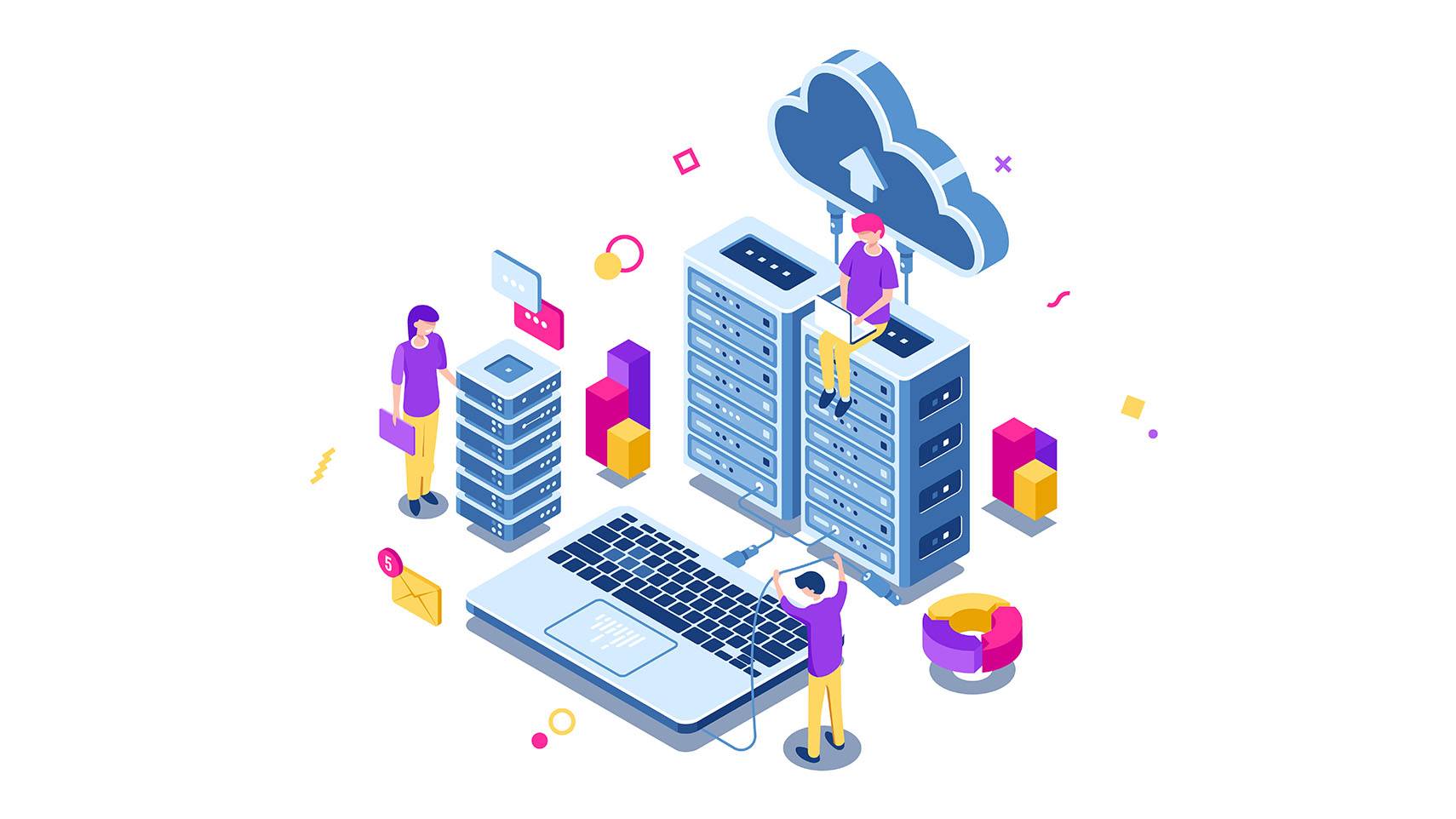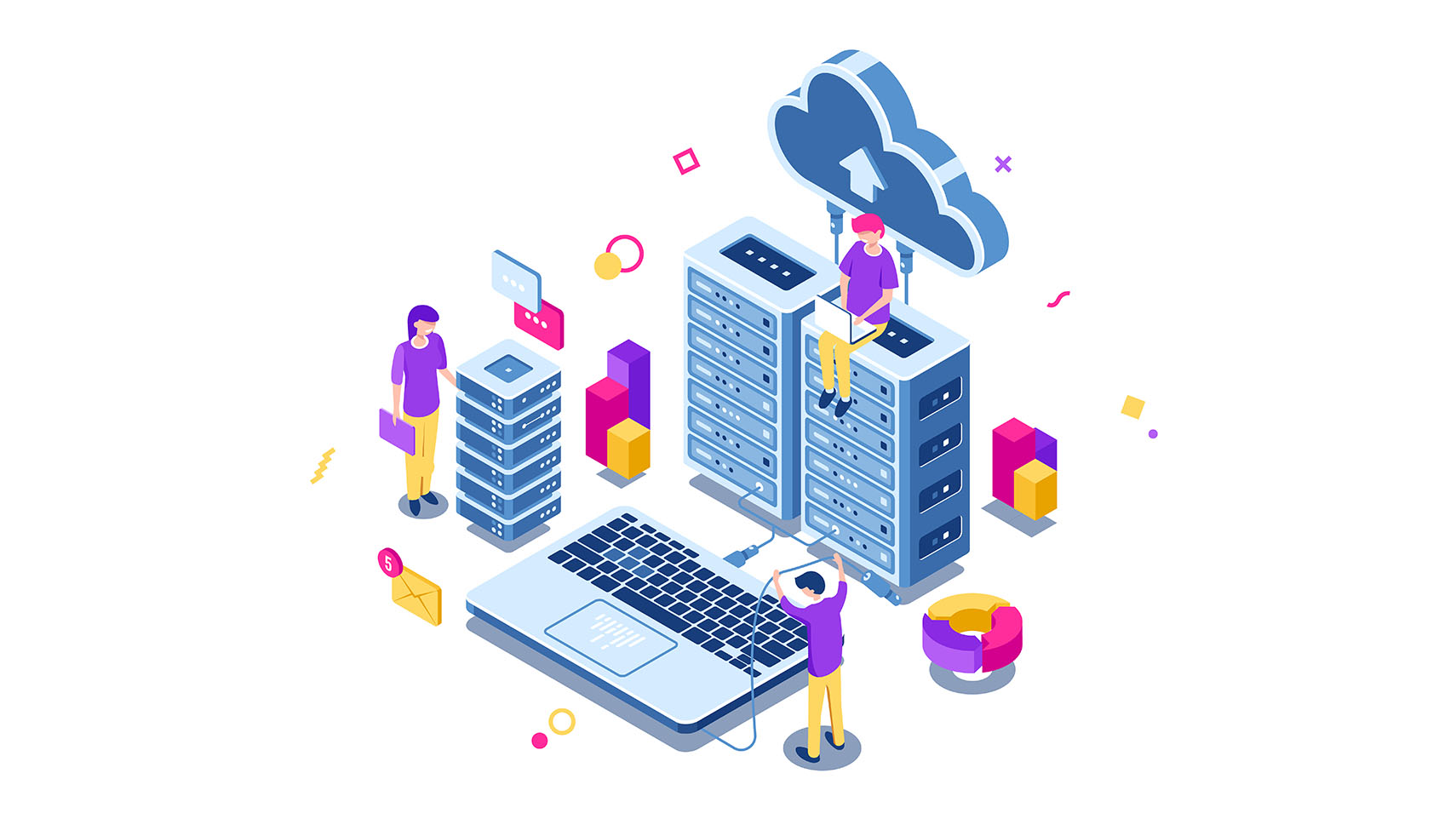Table of contents
Data mining is now being used by many companies and has achieved great results in the fields of marketing and machine learning. However, it is not widely recognized what kind of method data mining specifically refers to. In this article, we will provide an overview of data mining and explain the benefits of data mining tools.
Purpose of data mining
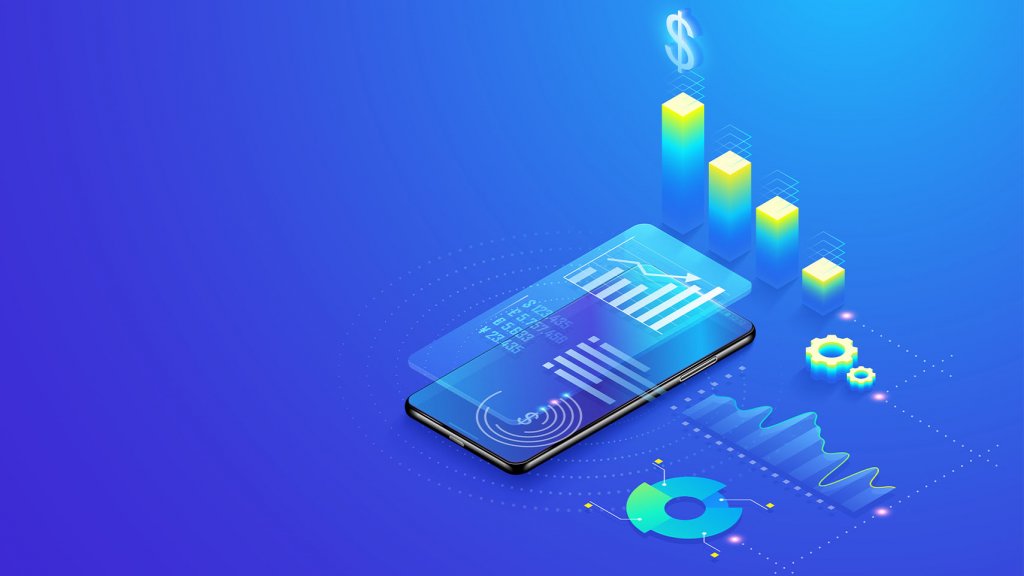
Data mining refers to a method of extracting useful information from large amounts of data using statistics, machine learning, etc. This makes it possible to mine valuable knowledge and information from big data, making it possible to effectively utilize data that would otherwise have been overlooked.
How can data mining help your business?
This is not a new term; the idea of data mining has been around since the 1990s. However, in modern times, with the evolution of smartphones and IT technology, its value has come to be appreciated once again. By utilizing data mining techniques in business, you can create various values.
Application to promotional activities
Data mining can be applied to promotional activities. For example, by overlaying sales data with weather and temperature data, you can create a list of best-selling products by weather and temperature, and quickly discover relationships with other event factors.
Application to marketing
Data mining is also an important method when considering marketing strategies. The most famous example is something called “diapers and beer.” This is an example of a major American supermarket chain analyzing promotional data and finding that diapers and beer were often purchased at the same time.Based on the results, the two products were displayed side by side, and sales increased. .
Effective use of big data
As mentioned earlier, data mining is an essential method for effectively utilizing big data. Big data is not useful just by accumulating it; in order to extract anything from it, it is necessary to analyze the data. By mining big data, you can obtain various benefits such as learning about your company’s current situation, hints for creating new business, and solutions to problems.
There are two types of data mining methods.
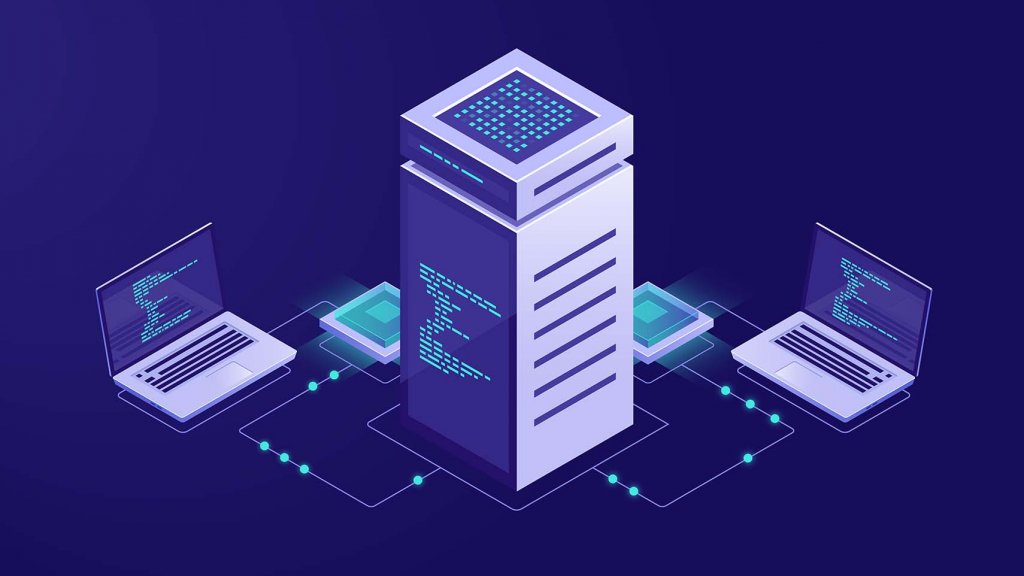
Data mining is a method of extracting useful information from large amounts of data, and there are various methods. Among these, there are two main types: statistical analysis and machine learning, and there are many methods within these subcategories. Below, we will introduce specific methods for those who want to actually perform data mining.
Data mining methods | Statistical analysis
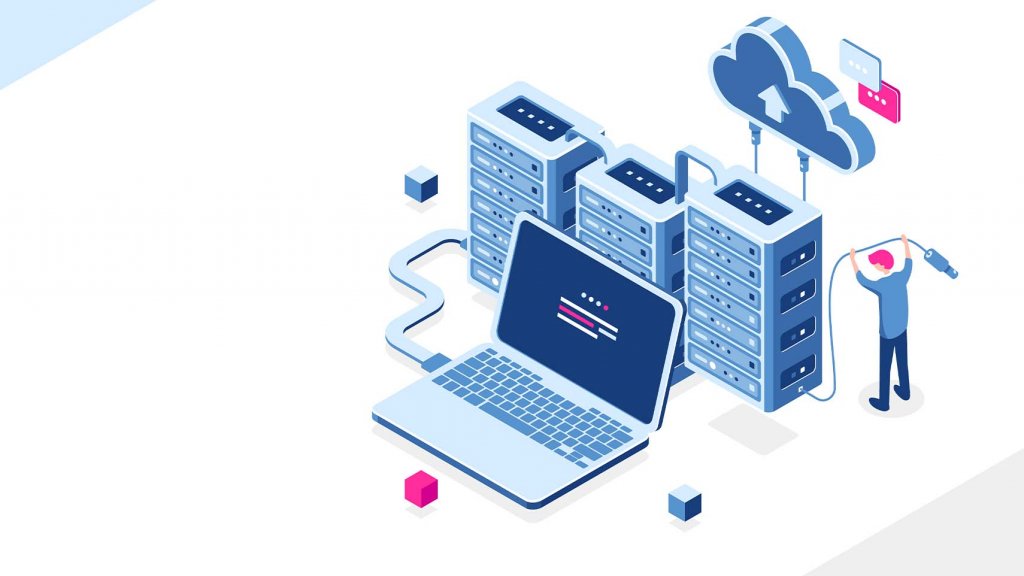
Statistical analysis is a data mining method that performs analysis using statistical knowledge. The major difference with machine learning is often whether or not a hypothesis is created before analysis. Forming a hypothesis makes it easier to collect the data needed for analysis. In order to implement this method, people with knowledge of statistics and other fields are often essential. We will continue to introduce the various analytical techniques involved in this statistical analysis.
pattern tracking
Pattern tracking is one of the most basic techniques in data mining. Gain inferences by identifying trends and patterns in your data. For example, by identifying trends in a company’s sales data, it becomes possible to predict which products are likely to sell in the future. Alternatively, it can lead to actions such as increasing the inventory of products currently on sale.
classification
Classification is the categorization of different types of data according to various attributes. This technique is used to protect personally identifiable data or to identify that information in cases where it should be removed from documents.
clustering
Clustering is a data mining technique for visually understanding data. This technique involves using graphics to show the distribution of various data, including representations such as matrix distributions. By using graphs and clustering together, you can increase the visibility of your data and make it easier to understand your data.
regression analysis
Regression analysis is a technique that helps identify relationships between variables in a dataset. There are various types of relationships, such as causation and correlation, but these can be clarified using regression analysis. This allows for efficient prediction and data modeling.
association analysis
Association analysis shows how certain data is related to other data-driven events. Since it is also possible to show correlations between data, it is often used for marketing, as in the case of “diapers and beer” mentioned earlier.
Predictive analytics
Predictive analytics uses patterns discovered in current and historical data and extends them to future predictions. This allows companies to gain insight into upcoming trends within their own data. There are several different approaches to predictive analytics, including machine learning and artificial intelligence, but it can also be performed by simple algorithms.
Data mining methods | Machine learning
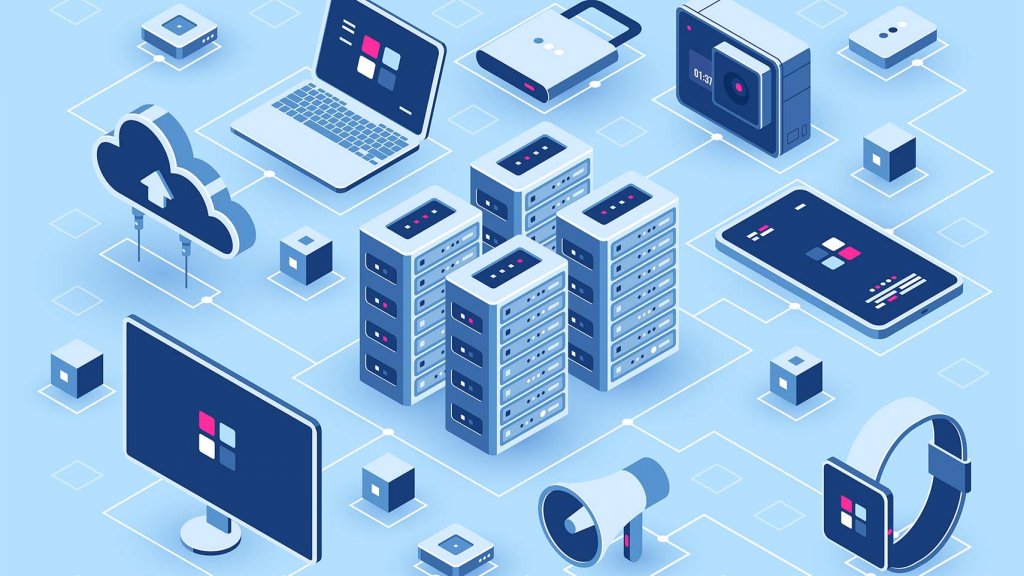
Machine learning has the advantage of being able to process large amounts of data more efficiently than human power. Additionally, as machines process information while learning themselves, it becomes easier to discover relationships between pieces of information. Below, we introduce the machine learning approach.
supervised learning
Supervised learning is a method of learning using data tagged with correct and incorrect answers. This makes it possible to generate AI that can be used to solve problems that have clear right and wrong answers. For example, it is used to detect system fraud and personalize recommendation functions.
unsupervised learning
Unsupervised learning, in contrast to supervised learning, is a method of learning without tagging the data with correct and incorrect answers. This method cannot handle problems such as regression or classification because there is no correct answer to predict or judge. However, it is a learning method that is very suitable for things like clustering. Unsupervised learning is suitable for processing problems that cannot be solved using the binary theory of correct and incorrect answers.
deep learning
Deep learning, also known as deep learning, is a method in which a machine automatically discovers and learns the regularities, trends, and characteristics of data. This can be applied to both supervised and unsupervised learning, and is also useful in creating neural networks (systems that mimic the workings of the human brain), which have become a hot topic in recent years.
We recommend using dedicated tools for data mining!
Data mining involves handling huge amounts of data, so it is not very practical to perform it manually. Therefore, I would like to recommend a “data mining tool” that was developed with the aim of increasing the efficiency of data mining. Below, we will explain data mining tools and “BI tools” that are said to be close to them.
data mining tools
As the name suggests, a data mining tool is a “tool for data mining.” By inputting the data you want to analyze and selecting an analysis method, you can reveal relationships between data and the probability of occurrence of events.
BI tools
BI (Business Intelligence) tools are tools that streamline data visualization and analysis. BI stands for management decision making. Data analysis and visualization are of great help in facilitating management decision-making.
Advantages of cloud-based data mining tools
There are two types of data mining tools: on-premise type and cloud type. On-premise type is a type where the system is built on your own server. Cloud-based services do not require server preparation or system development, and you can use cloud services just by registering as a user. Below, we will explain the advantages of cloud-based data mining tools.
Easy introduction
With cloud-based services, there is no need to prepare your own server. Therefore, the period required for preparation before implementation is shortened. The cloud-based system can be installed by registering as a user and downloading the application, making it easy to start using it.
No need to operate your own server or software
On-premises systems require management costs in addition to installation costs, such as software maintenance and operation and server construction. On-premises systems require version control and system management, but with cloud systems, the vendor handles these tasks, allowing you to focus on your own business.
Less cost burden
Operating your own servers and software involves not only human costs, but also significant financial costs. When building a server, operational costs such as securing space and personnel costs become an issue. However, if it is cloud-based, you can reduce space and labor costs.
Accessible from anywhere
One of the benefits is that it can be accessed from anywhere, making information sharing smoother. On-premises types are basically cut off from networks outside the company, but cloud types have databases on the Internet, so they can be accessed from anywhere as long as there is a network environment.
summary
Data mining is an excellent method for discovering new value from vast amounts of accumulated data. The importance of data utilization is increasing day by day. In order to practice data mining efficiently, we recommend using a cloud-based data mining tool.

